Traduzione generata automaticamente
Mostra originale
Mostra traduzione
Jean-Michel Folon (1 March 1934 – 20 October 2005) was a Belgian artist, illustrator, painter, and sculptor The first exhibition of his watercolours was in New York in 1969 in the Lefebre Gallery. One year later he exhibited in Tokyo and in the Il Milione gallery in Milan. He also participated in the XXVth Venice Biennale. In 1973 he joined the selection of Belgian artists in the XXVth São Paulo Biennale, where he was granted the Grand Prise in Painting. Over the years his work concentrated on different techniques, including watercolour, etching, silkscreen, illustrations, mosaics, and stained glass, which showed the diversity of his art. His work Ein Baum stirbt - Un albero muore, 1974, is by Museo Cantonale d’Arte [de] of Lugano. He also designed numerous posters, often for humanitarian causes. Around 1988 he created his first sculptures made out of wood. He then moved on to creating sculptures in clay, plaster, bronze and marble, while continuing to paint. Several museums dedicated exhibitions to him, among them the Musée des Arts Décoratifs in Paris in 1971, the Museum Boijmans Van Beuningen in Rotterdam in 1976, the Institute of Contemporary Arts in London in 1977, the Musée Picasso in Antibes in 1984, the Museo Correr in Venice in 1986, the Museo de Bellas Artes in Buenos Aires in 1987, the Metropolitan Museum of Art in New York in 1990, La Pedrera in Barcelona in 1993, the Bunkamura in Tokyo in 1995, the Olympic Museum in Lausanne in 1996 and the Museo Morandi [it] in Bologna in 1996–97. In 1999 an exhibition of large sculptures was presented in the Galerie Guy Pieters, in Saint-Paul de Vence. In 2000 he opened the Fondation Folon, which presents the essentials of his work in the region he grew up in. In 2001 the city of Lisbon held a large retrospective of his sculptures in the Castelo de São Jorge, which dominates the city. In 2003 he created the designs for Puccini''s La Bohème for the Puccini Festival in Italy. The president of the French Republic, Jacques Chirac, awarded him the Legion of Honour in the Palais d''Elysée. In 2004 he became a UNICEF ambassador. In 2005 the city of Florence held a grand retrospective of his work at the Palazzo Vecchio and the Forte di Belvedere. Folon published his drawings in newspapers, mostly in the US, where he was recognised earlier than in Europe and illustrated books by Franz Kafka, Ray Bradbury, Jorge Luis Borges, Guillaume Apollinaire, Jacques Prévert, Boris Vian, Guy de Maupassant, Albert Camus, Herbert George Wells and Jean de La Fontaine. He never really changed his style, whose most famous emblem is the "bird-man" but used all kinds of supports; Folon made murals (Magic City for the Brussels underground railway, 1974; Waterloo Station for the London tube, 1975), posters for theatre and opera (Spoleto Festival, 1978; Teatro Olimpicio, 1987) and cinema (The Purple Rose of Cairo, by Woody Allen, 1985), theatre and opera scenery (Geneva and Brussels, 1981; Venice and Roma, 1989), short films for TV (opening and closing sections for the French channel Antenne 2, 1975–1984), wooden sculptures, logotypes (Bicentenary of the French Revolution, 1989; Philexfrance, 1989), tapestries (Congress Hall of Monaco, 1989), ships (1990), church windows (1992), sculptures (La mer, ce grand sculpteur, Knokke, 1997), and even a Palio flag (Siena, 1999). His artistic value was recognised by several exhibitions organised in the most famous galleries and museums in the world (Musée des Arts Décoratifs, Paris, 1971; Arts Club of Chicago, 1972; Museum Boijmans Van Beuningen, Rotterdam, 1976; Transworld Art, Washington, D.C., 1977; Musée d''Art Moderne de Liège, 1978; Musée Picasso, Antibes, 1984; Correr Museum, Venice, 1985; Metropolitan Museum of Art, New York, 1990; La Pedrera, Barcelona, 1993; Bunkamura Museum, Tokyo, 1995; Olympic Museum, Lausanne, 1996). He credits Giorgio Soavi for publishing his first posters, which were designed for Olivetti in Milan: "As he has done for many artists, Soavi suggested to me, too, that I invent things that were out of the ordinary for me. This attitude has created such a fertile spirit of invention around him that one wonders if he is not the true author of the works that he has thus encouraged. Soavi also was largely responsible for the 1975 book Lettres a Giorgio, which reproduces 40 envelopes, each an original watercolour addressed to Soavi—most to his Milan home—and delivered by the mail from various international addresses. Folon writes in a brief Afterword: "We build in our dreams a monument to the unknown postmen to thank them all for having allowed these images to reach their destination. He created a famous piece of television that was screened in France for almost 30 years. It was first made for the Italiques TV show, by Marc Gilbert (in French), which aired from 1971 to 1974. The music, originally the soundtrack of Gott mit uns, was composed by Ennio Morricone. In the 1990s, Folon decided to create a foundation in the Solvay Castle, La Hulpe. In 2005, under the direction of Marilena Pasquali, Fabio Mochi organised the exhibition of Jean-Michel Folon in Florence which six years later gave rise to the creation of the permanent Folon exhibition in the Giardino delle Rose (Rose Garden) in Florence. Another piece of television quite famous and remembered is a commercial about methane for SNAM. The 1992 Summer Olympics, officially known as the Games of the XXV Olympiad and commonly known as Barcelona ''92, were an international multi-sport event held from 25 July to 9 August 1992 in Barcelona, Catalonia, Spain. Beginning in 1994, the International Olympic Committee decided to hold the Summer and Winter Olympics in alternating even-numbered years. 1992 was the last year in which both the Summer and Winter Olympics were staged.The 1992 Summer Games were the first since the end of the Cold War, and the first unaffected by boycotts since the 1972 Summer Games.1992 was also the first year South Africa was re-invited to the Olympic Games by the International Olympic Committee, after a 32-year ban from participating in international sport.
Jean-Michel Folon (1 marzo 1934 - 20 ottobre 2005) è stato un artista, illustratore, pittore e scultore belga. La prima mostra dei suoi acquerelli è stata a New York nel 1969 presso la Lefebre Gallery. Un anno dopo espone a Tokyo e alla galleria Il Milione di Milano. Partecipa anche alla XXV Biennale di Venezia. Nel 1973 entra a far parte della selezione di artisti belgi alla XXV Biennale di San Paolo, dove gli viene assegnata la Grand Prise in Pittura. Nel corso degli anni il suo lavoro si è concentrato su tecniche diverse, tra cui l'acquerello, l'acquaforte, la serigrafia, le illustrazioni, i mosaici e le vetrate, a dimostrazione della diversità della sua arte. La sua opera Ein Baum stirbt - Un albero muore, 1974, è del Museo Cantonale d'Arte di Lugano. Ha anche disegnato numerosi manifesti, spesso per cause umanitarie. Intorno al 1988 realizza le sue prime sculture in legno. In seguito è passato a creare sculture in argilla, gesso, bronzo e marmo, continuando a dipingere. Diversi musei gli hanno dedicato mostre, tra cui il Musée des Arts Décoratifs di Parigi nel 1971, il Museum Boijmans Van Beuningen di Rotterdam nel 1976, l'Institute of Contemporary Arts di Londra nel 1977, il Musée Picasso di Antibes nel 1984, il Museo Correr di Venezia nel 1986, museo de Bellas Artes di Buenos Aires nel 1987, il Metropolitan Museum of Art di New York nel 1990, La Pedrera di Barcellona nel 1993, il Bunkamura di Tokyo nel 1995, il Museo Olimpico di Losanna nel 1996 e il Museo Morandi di Bologna nel 1996-1997. Nel 1999 presenta una mostra di grandi sculture alla Galerie Guy Pieters di Saint-Paul de Vence. Nel 2000 apre la Fondation Folon, che presenta l'essenziale del suo lavoro nella regione in cui è cresciuto. Nel 2001 la città di Lisbona ha organizzato una grande retrospettiva delle sue sculture nel Castelo de São Jorge, che domina la città. Nel 2003 ha creato i disegni per La Bohème di Puccini per il Festival Pucciniano in Italia. Il presidente della Repubblica francese, Jacques Chirac, gli ha conferito la Legion d'Onore al Palazzo dell'Eliseo. Nel 2004 è diventato ambasciatore dell'UNICEF. Nel 2005 la città di Firenze ha organizzato una grande retrospettiva delle sue opere a Palazzo Vecchio e al Forte di Belvedere. Folon ha pubblicato i suoi disegni su giornali, soprattutto negli Stati Uniti, dove è stato riconosciuto prima che in Europa, e ha illustrato libri di Franz Kafka, Ray Bradbury, Jorge Luis Borges, Guillaume Apollinaire, Jacques Prévert, Boris Vian, Guy de Maupassant, Albert Camus, Herbert George Wells e Jean de La Fontaine. Non ha mai cambiato il suo stile, il cui emblema più famoso è l'"uomo-uccello", ma ha utilizzato tutti i tipi di supporto; Folon ha realizzato murales (Magic City per la metropolitana di Bruxelles, 1974; Waterloo Station per la metropolitana di Londra, 1975), manifesti per il teatro e l'opera (Festival di Spoleto, 1978; Teatro Olimpicio, 1987) e per il cinema (La rosa purpurea del Cairo, di Woody Allen, 1985), scenografie per il teatro e l'opera (Ginevra e Bruxelles, 1981; Venezia e Roma, 1989), cortometraggi per la televisione (sezioni di apertura e chiusura per il canale francese Antenne 2, 1975-1984), sculture in legno, logotipi (Bicentenario della Rivoluzione Francese, 1989; Philexfrance, 1989), arazzi (Palazzo dei Congressi di Monaco, 1989), navi (1990), vetrate di chiese (1992), sculture (La mer, ce grand sculpteur, Knokke, 1997) e persino una bandiera del Palio (Siena, 1999). Il suo valore artistico è stato riconosciuto da numerose mostre organizzate nelle più famose gallerie e musei del mondo (Musée des Arts Décoratifs, Parigi, 1971; Arts Club of Chicago, 1972; Museum Boijmans Van Beuningen, Rotterdam, 1976; Transworld Art, Washington, D.C., 1977; Musée d''Art Moderne de Liège, 1978; Musée Picasso, Antibes, 1984; Museo Correr, Venezia, 1985; Metropolitan Museum of Art, New York, 1990; La Pedrera, Barcellona, 1993; Bunkamura Museum, Tokyo, 1995; Museo Olimpico, Losanna, 1996). A Giorgio Soavi si deve la pubblicazione dei suoi primi manifesti, disegnati per la Olivetti di Milano: "Come ha fatto per molti artisti, Soavi ha suggerito anche a me di inventare cose che per me erano fuori dall'ordinario. Questo atteggiamento ha creato intorno a lui un tale spirito di invenzione che ci si chiede se non sia lui il vero autore delle opere che ha così incoraggiato. Soavi è stato anche il principale responsabile del libro Lettres a Giorgio del 1975, che riproduce 40 buste, ognuna delle quali è un acquerello originale indirizzato a Soavi - la maggior parte nella sua casa di Milano - e consegnato per posta da vari indirizzi internazionali. Scrive Folon in una breve postfazione: "Costruiamo nei nostri sogni un monumento ai postini sconosciuti per ringraziarli tutti di aver permesso a queste immagini di arrivare a destinazione". Ha creato un famoso pezzo di televisione che è stato proiettato in Francia per quasi 30 anni. È stato realizzato per la prima volta per il programma televisivo Italiques, di Marc Gilbert (in francese), andato in onda dal 1971 al 1974. La musica, originariamente colonna sonora di Gott mit uns, fu composta da Ennio Morricone. Negli anni '90, Folon decise di creare una fondazione nel castello di Solvay, La Hulpe. Nel 2005, sotto la direzione di Marilena Pasquali, Fabio Mochi organizzò la mostra di Jean-Michel Folon a Firenze che, sei anni dopo, diede vita alla mostra permanente di Folon nel Giardino delle Rose di Firenze. Un altro pezzo televisivo abbastanza famoso e ricordato è uno spot sul metano per SNAM. Le Olimpiadi estive del 1992, ufficialmente note come Giochi della XXV Olimpiade e comunemente conosciute come Barcellona '92, sono state una manifestazione internazionale multisportiva tenutasi dal 25 luglio al 9 agosto 1992 a Barcellona, in Catalogna, Spagna. A partire dal 1994, il Comitato Olimpico Internazionale ha deciso di organizzare le Olimpiadi estive e invernali alternativamente negli anni pari. il 1992 è stato l'ultimo anno in cui si sono svolte sia le Olimpiadi estive che quelle invernali. I Giochi estivi del 1992 sono stati i primi dopo la fine della Guerra Fredda e i primi senza boicottaggi dai Giochi estivi del 1972. Il 1992 è stato anche il primo anno in cui il Sudafrica è stato reinvitato ai Giochi olimpici dal Comitato olimpico internazionale, dopo un divieto di partecipazione allo sport internazionale durato 32 anni.

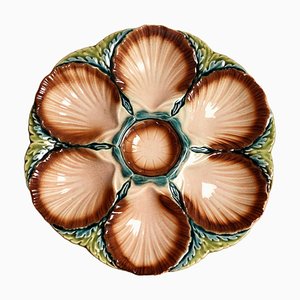
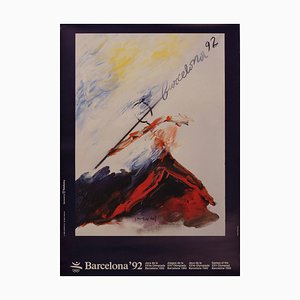

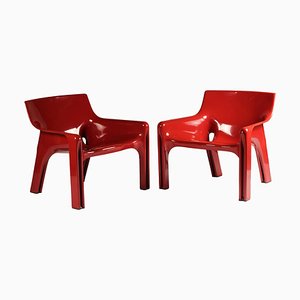
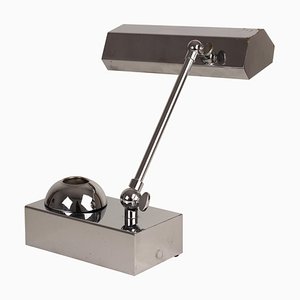
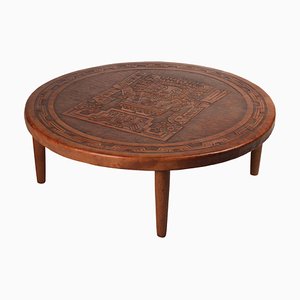
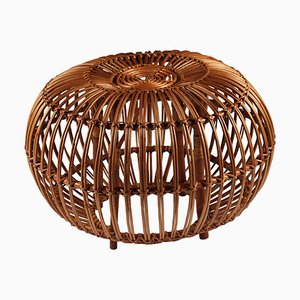
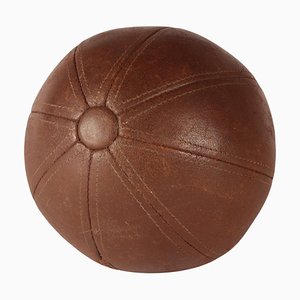
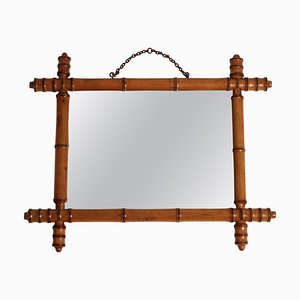
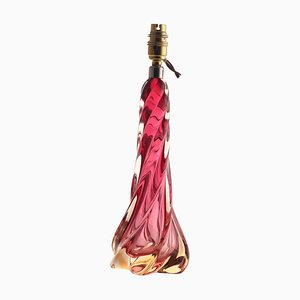
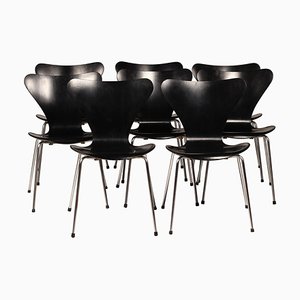
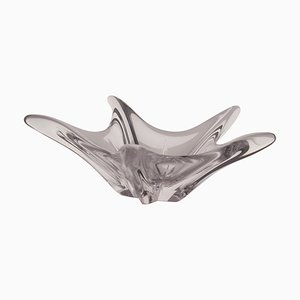


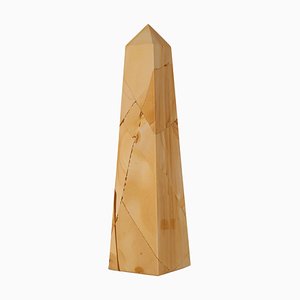


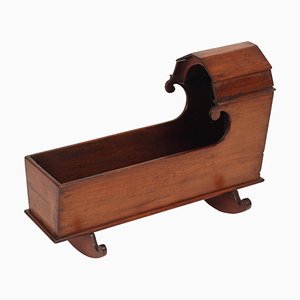
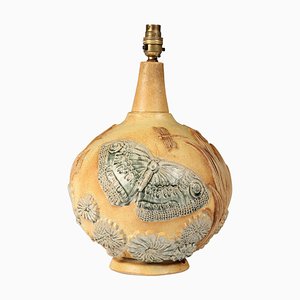
Contattaci
Fai un'offerta
Abbiamo notato che sei nuovo su Pamono!
Accetta i Termini e condizioni e l'Informativa sulla privacy
Contattaci
Fai un'offerta
Ci siamo quasi!
Per seguire la conversazione sulla piattaforma, si prega di completare la registrazione. Per procedere con la tua offerta sulla piattaforma, ti preghiamo di completare la registrazione.Successo
Grazie per la vostra richiesta, qualcuno del nostro team vi contatterà a breve.
Se sei un professionista del design, fai domanda qui per i vantaggi del Programma Commerciale di Pamono